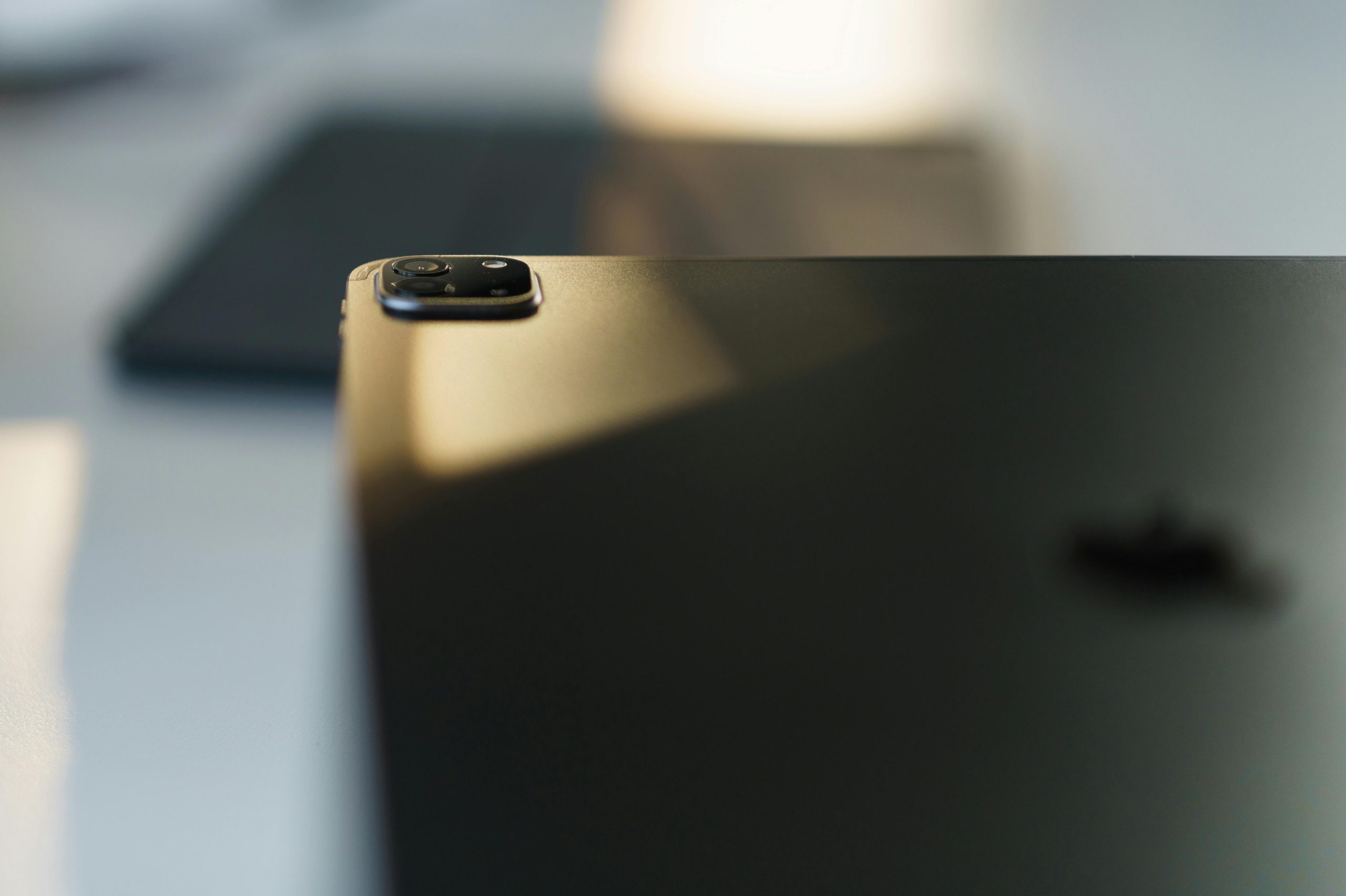Reviving an Old Samsung Tablet: Is It Possible?
Dealing with outdated technology can be a frustrating experience, especially when a loved one relies on it. Recently, I was approached by my grandmother, who has been asking for assistance with her aging Samsung tablet, purchased around 2017 or 2018. As someone with limited technical expertise, I find myself in a bit of a predicament, but I’m determined to help her.
Despite the tablet having minimal applications and a few cherished photos, it seems to struggle with storage issues. Even after attempting to clear the cache for various apps and deleting some pictures, the device still reports that the system storage is nearly full. This has rendered the tablet nearly unusable for her, and I’m at a loss for how to proceed.
Troubleshooting Steps
I’ve wondered if a factory reset might be the solution, but I’m also concerned that the age of the device might limit our options. Here are some steps I’m considering to potentially breathe new life into this tablet:
-
Factory Reset: This is often the go-to option for resolving persistent software issues. A factory reset will erase all data, returning the tablet to its original state. While this means losing any stored information, it may free up system resources and clear out unnecessary files.
-
Software Updates: Checking for any available system updates can sometimes improve performance. An operating system upgrade can optimize the tablet’s functionality, assuming the device still supports newer software versions.
-
Removing Unused Apps: Although storage was already assessed, scrutinizing the currently installed apps may reveal unused programs or bloatware that could be uninstalled.
-
Clear Data for System Apps: Certain system apps may consume significant amounts of space over time. Clearing their data could help recover some storage.
-
External Storage Options: If the tablet supports microSD cards, investing in one can provide additional space for photos, music, or documents, potentially alleviating some pressure on the internal storage.
The Age Factor
Despite these efforts, it’s essential to consider the age of the tablet. Technology has evolved rapidly in the past few years, and older devices may struggle to keep up with new application demands. If extensive issues persist, it might be time to contemplate upgrading to a more recent model that better meets her needs.
Seeking Advice
If anyone has insights or suggestions about similar experiences with older tablets, your advice would be greatly appreciated! Can a factory reset
Share this content:




Hi there,
Based on your description, it sounds like your grandmother’s Samsung tablet from 2017-2018 may indeed be experiencing limitations due to hardware age and storage management. Before proceeding with a factory reset, I recommend backing up all important data, such as photos and contacts, to an external device or cloud service, as this process will erase all data on the device.
Here’s a step-by-step approach that might help: